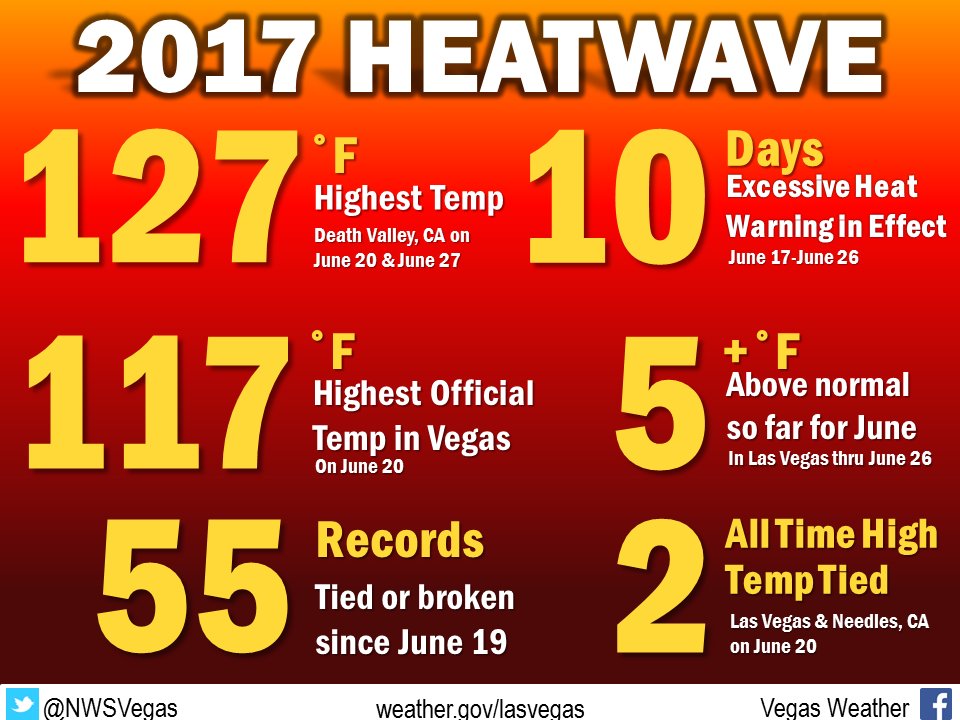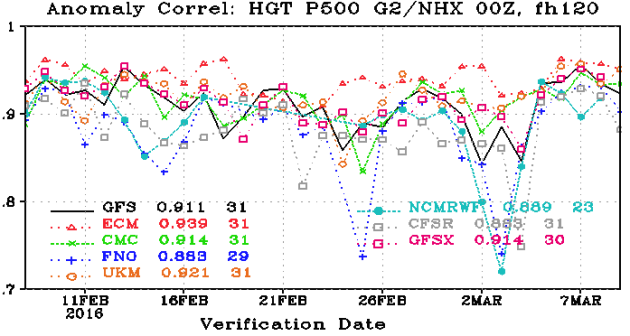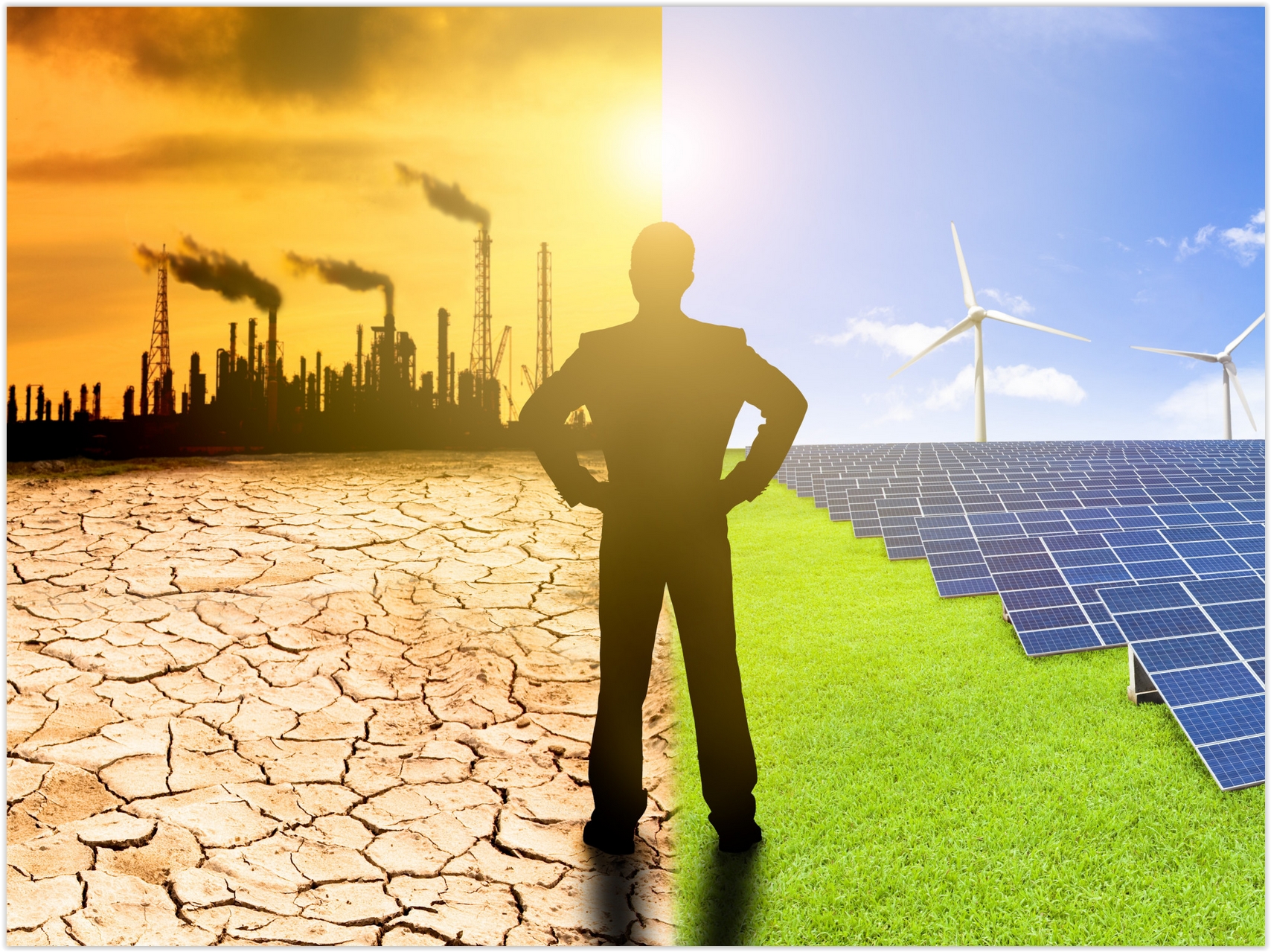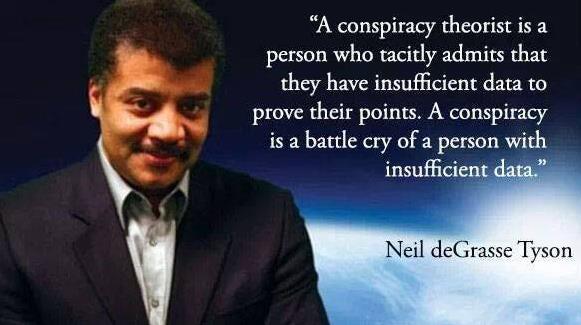.91" rain fell yesterday in the Twin Cities.
4.12" rain has fall in the metro area so far in June.
83 F. high temperature at MSP Wednesday.
82 F. average high on June 28.
77 F. high on June 28, 2016.
June 29, 1930: Extreme heat develops in Minnesota. Canby got up to a sizzling 110 degrees.
America's Original Entrepreneurs - Holiday Preview
The older I get the less I take for granted. Like the food on my plate. It didn't get there by accident. Farmers are America's original entrepreneurs, taking huge risks with uncertain returns. All it takes is one hailstorm to wipe out a years worth of hard work. Torrential rains, debilitating drought, scorching heat; not to mention pests and disease risk. I have a lot of respect for the men and women who feed America, and the world.
NOAA's Climate Extreme Index (above) shows greater volatility, a rising percentage of the nation in severe drought or flood than during the 1960s. Weather whiplash is real, just one more risk factor farmers live with every day.
We get a break from the puddles today with a risk of sunshine and highs nudging 80F, before more showers arrive on Friday.
The holiday weather features a slow warming trend from Saturday into the 4th; most of the T-storms tracking south of the Minnesota River Monday and Tuesday. Low 70s Saturday should give way to 80F on the 4th of July.
Models still bring steamy 80s and even a few 90s into Minnesota by the second week of July.
* Graph above shows CEI, Climate Extreme Index, the percentage of the USA in extreme drought or flood since 1910, courtesy of NOAA NCEI.
Let's give credit where credit is due. This was the severe storm outlook for Wednesday from NOAA SPC:
Here is where severe weather was actually reported. Tornadoes or funnel cloud sightings are in red, large, damaging hail is represented by blue dots, straight-line wind damage shows up as yellow markers:



A Steamy June, Nationwide. Here's an excerpt from Planalytics: "June 2016 was one of the warmest on record in the U.S. Across most eastern markets, it was also the driest June in five years or more. This boosted overall traffic levels and sales of summer products. This June's cooler and rainier conditions (compared to 2016) will negatively impact comp sales performance for many retailers and restaurants. The less favorable weather is projected to cost restaurants $447 million in sales vs. June 2016. Apparel chains face a $106 million headwind..."

Image credit: "The latest verification, in this case the global 5-day forecasts at 500 hPa, shows the European Center (red triangles) to be consistently superior than the U.S. GFS (black line)."
UCAR Collaboration With the Weather Company to Improve Weather Forecasts Worldwide. Here's more information on how UCAR is teaming with IBM to try and improve the state of the art when it comes to weather modeling: " The University Corporation for Atmospheric Research (UCAR) today announced a new collaboration with The Weather Company, an IBM business, to improve global weather forecasting. The partnership brings together cutting-edge computer modeling developed at the National Center for Atmospheric Research (NCAR) with The Weather Company's meteorological science and IBM's advanced compute equipment. "This is a major public-private partnership that will advance weather prediction and generate significant benefits for businesses making critical decisions based on weather forecasts," said UCAR President Antonio J. Busalacchi. "We are gratified that taxpayer investments in the development of weather models are now helping U.S. industries compete in the global marketplace..."
Image credit: "The Model for Prediction Across Scales (MPAS) enables forecasters to combine a global view of the atmosphere with a higher-resolution view of a particular region, such as North America." UCAR.
A New Supercomputer-Powered Weather Model May Be Ready for Exascale. Here are a couple of excerpts from a post by Jim Sexton at IBM: "In the U.S. alone, extreme weather caused some 297 deaths and $53.5 billion in economic damage in 2016. Globally, natural disasters caused $175 billion in damage. It’s essential for governments, business and people to receive advance warning of wild weather in order to minimize its impact, yet today the information we get is limited. Current global weather forecast models can predict weather patterns down to regional-scale weather events, such as snowstorms and hurricanes, but lack the ability to predict more local phenomena such as thunderstorms...That’s why IBM Research, The Weather Company, the University Corporation for Atmospheric Research (UCAR) and the National Center for Atmospheric Research (NCAR) are collaborating to develop the first rapidly-updating, storm-scale model that can help predict weather events such as thunderstorms at local scales..."
Image credit: "IBM Research, The Weather Company and NCAR aim to use supercomputing to enable short-term thunderstorm forecasts as well as more accurate long-range forecasts days, weeks and months in advance." (Credit: Shutterstock).
The Southwest is Burning. Check out the trends, according to High Country News and Grist: "...Nationally, wildfires have consumed more than 2.5 million acres of land so far this year. In the past decade, more acreage burned by this point only once, in 2011. That year, unusually hot, dry conditions led to several large conflagrations, including New Mexico’s Las Conchas Fire and Arizona’s Wallow Fire..."
Graphic credit: "The line traces the fire acreage; the labels show the number of fires per year." Keith Halloran/U.S. Forest Service.
Lightning-Caused Fires On The Rise in the World's Largest Forest. National Geographic reviews new research: "As fire season reaches for its annual summer turning point, the role lightning plays as the culprit in setting fires shows a worrisome trend. That’s not good news for the boreal forest, the world’s largest forest habitat, where virtually all wildfires are ignited by lightning. Since 1975, the number of fires ignited by lightning has increased between two and five percent, driven by an increase in volatile thunderstorm weather, according to a new NASA study published Monday in Nature Climate Change. In two of the last three years, immense fires in Alaska and Canada’s Northwest Territories provided a good case study, says Sander Veraverbeke, the study’s lead author and an Earth scientist at Vrije Universiteit Amsterdam..."
Photo credit: "This forest fire was caused by lightning, and the problem seems to be on the rise since 1975." Photo by Mark Thiessen, National Geographic Creative.
Frequency of Billion Dollar U.S. Weather and Climate Disasters. Here's an excerpt from NOAA NCEI: "...NCEI is the Nation's scorekeeper in terms of addressing severe weather and climate events in their historical perspective. As part of our responsibility to monitor and assess the climate, we maintain a record of the weather and climate events that have had the greatest economic impact from 1980 to 2017. The United States has sustained 208 weather and climate disasters since 1980 where overall damages reached or exceeded $1 billion (including CPI adjustment to 2017). The total cost of these 208 events exceeds $1.1 trillion..."
Graphic credit: NOAA NCEI: "Event statistics are added according to the date on which they ended. Statistics valid as of April 6, 2017."
Photo credit: "A file picture dated 13 April 2010 shows a boy from Senegal walking along a polluted beach strewn with predominantly plastic bottles in the village of Ngor, Dakar, Senegal." Photograph: Nic Bothma/EPA.
"Bring on More Renewables," U.S. Regulator Says as Grid Study Looms. Reuters explains that the grid can, in fact, leverage more clean renewables without sacrificing reliability and stability: "Wind and solar power does not make the U.S. electricity grid less stable, an outgoing federal regulator said on Tuesday, as the Trump administration readies a study that will examine whether renewable energy has had a harmful effect. Colette Honorable, a member of the Federal Energy Regulatory Commission, said at a conference that renewables have different attributes than base load power, which includes coal and nuclear energy, and that those difference need to be overcome. But Honorable stressed that record amounts of wind and solar power had been generated recently without harming the grid..."
EPA Chief Met With Dow CEO Before Deciding on Pesticide Ban. Associated Press reports: "...EPA released a copy of Pruitt’s March meeting schedule earlier this month following several Freedom of Information Act requests. Though his schedule for the intervening months has not yet been released, Bowman said Pruitt has had no other meetings with the Dow CEO. There was a larger group meeting that Pruitt attended which also included two other Dow executives, but she said that didn’t involve chlorpyrifos. Dow, which spent more than $13.6 million on lobbying in 2016, has long wielded substantial political power in the nation’s capital..."
Minnesota's Second 100-Megawatt Solar Project Is Up and Running. Star Tribune reports: "One
of the largest solar energy initiatives in Minnesota, the Aurora
project, has been completed, its owner said Tuesday. The Aurora project
features 16 separate solar power plants in Minnesota that together will
provide electricity to Xcel Energy under a long-term contract. Aurora,
which cost $290 million, is owned by Enel Green Power North America and
can produce 100 megawatts of power, enough for more than 17,000 homes. A
megawatt is 1 million watts..."
Photo credit: "A United Parcel Service (UPS) truck on delivery is pictured in downtown Los Angeles, California October 29, 2014." REUTERS/Mike Blake.
Image credit: SpaceX.
Is Your Job About to Disappear? Quick Take.
Nearly every industry and profession is being disrupted by
globalization, automation and AI, some faster than others, according to a
story at Bloomberg: "Thirteen years ago, two prominent U.S. economists
wrote that driverless cars couldn’t execute a left turn against
oncoming traffic because too many factors were involved. Six years
later, Google
proved it could make fully autonomous cars, threatening the livelihoods
of millions of truck and taxi drivers. Throughout much of the developed
world, gainful employment is seen as almost a fundamental right. But
what if, in the not-too-distant future, there won’t be enough jobs to go
around? That’s what some economists think will happen as robots and
artificial intelligence increasingly become capable of performing human
tasks. Of course, past technological upheavals created more jobs than
they destroyed. But some labor experts argue that this time could be
different: Technology is replacing human brains as well as brawn..."
Data: Frey & Osborne, Bureau of Labor Statistics.
Illustration credit: Daniel Hertzberg.
All the Animals That Love Touchscreens. My dog (Leo) loves watching YouTube videos of other dogs (howling). Who knew? Here's a clip from Atlas Obscura: "...It’s
really simple—if the animal knows how to use a screen, you can modify
the symbols and change the tasks,” she says. It also makes for eager
study subjects, some of whom have truly internalized their training.
“Some animals love the touchscreen so much that it seems they don’t
really care what happens,” says Oberliessen. “Sometimes they don’t even
take the reward.” They wait eagerly for their turns with the machines,
and if a certain wolf or dog isn’t scheduled to use one on a particular
day, “they seem disappointed,” she says. “They look like [they’re
asking], ‘I’m not being tested? Why!?..."
Photo credit: "Penguins crowd around an iPad game at the Aquarium of the Pacific." Sara Mandel/Aquarium of the Pacific
Umbrellas Carries Away Weatherman. I feel his pain. Check out the video on YouTube: "An
Irish TV weather reporter on Friday was caught off guard when a gust of
wind swept him off-screen, turning his umbrella inside out. (June 26)."
TODAY: Partly sunny, dry. Winds: NW 5-10. High: 81
THURSDAY NIGHT: Clouds increase, showers late. Low: 63
FRIDAY: Soggy skies - more showers likely. Winds: NW 5-10. High: 72
SATURDAY: Some sun, isolated shower risk. Winds: NW 7-12. Wake-up: 60. High: 74
SUNDAY: Mix of clouds and sun, warmer. Winds: S 7-12. Wake-up: 61. High: near 80
MONDAY: Lukewarm sun north, storms far south. Winds: NE 5-10. Wake-up: 62. High: 81
4TH OF JULY: Sticky with periods of sunshine. Winds: NE 8-13. Wake-up: 64. High: 82
WEDNESDAY: Plenty of sun, noticeable humidity. Winds: SE 8-13. Wake-up: 66. High: 83
* Models are hinting at upper 80s by the end of next week.
Climate Stories...

Make Climate Change Bipartisan Again. As recently as 2007 there was little disagreement between Republicans and Democrats about the threat (and opportunity) posed by rapid, man-made climate change. But today the science has been swept up into a partisan political food-fight, argues an Op-Ed at The Tennessean: "...An approach that can find common ground between Republicans and Democrats is “carbon fee and dividend,” whereby a steadily rising fee is placed on fossil fuels, with the revenue returned to consumers. The fee sends a powerful price signal to the marketplace to speed up the transition to a clean-energy economy. Returning revenue to households will shield families from the impact of rising energy costs associated with the fee. To protect American businesses, a border adjustment tariff would be applied to imports from nations that do not have an equivalent price on carbon, providing a strong incentive for countries to follow our lead with a similar policy. Regional Economic Models found that, after 20 years, carbon fee and dividend would reduce emissions 50 percent while adding 2.8 million jobs to the economy..."
File image: TechCrunch.
Climate Change is an Energy Problem, So Let's Talk Honestly About Nuclear. Until we can get clean, renewable energy at scale, we still need nuclear to provide a carbon-free source of energy. An Op-Ed at The Guardian has food for thought: "...Clearly then, we urgently need a nuanced discussion on our energy future to stave off the worst ravages of climate change. Yet too often this falls at the first hurdle; with old battle-lines long drawn, nuclear advocates and opponents hold their own courts, talking only to their own side and dismissing the criticism and concerns of the other. These echo chambers may be comforting, but they are ultimately detrimental to our collective wellbeing. With the chaos of climate change on our doorstep, it has never been more imperative that we make informed decisions about how best to power our world. For progress to occur, both sides need to heed each other and have an honest conversation about the advantages and risks of all forms of energy production..." (File image: Shutterstock).

Phoenix Heat, Tropical Storm Cindy Show How Climate Change is a Threat To Our Infrastructure. Details via an Op-Ed at The Washington Post: "Much of the Southwestern United States is reeling under a heat wave so severe that it has forced airlines to ground flights. On the Gulf Coast, millions of people were put on emergency alert ahead of Tropical Storm Cindy, which caused widespread flooding and power outages. Climate change is already affecting our economy and safety, with risks to critical infrastructure — roads, bridges, dams, water and energy infrastructure and military sites. The nation’s infrastructure is already in a precarious state, consistently earning a near-failing grade of D-plus from the American Society of Civil Engineers. Much of it was built assuming past climate and weather patterns, with some margin of safety. But now, climate change — in the form of more frequent and severe heat waves; floods exacerbated by sea-level rise and increased heavy rainfall; droughts; wildfires; and other impacts — is adding an extra layer of risk..."
Photo credit: "Planes sit on the tarmac at Phoenix Sky Harbor International Airport. American Airlines says seven regional flights have been delayed and 43 have been canceled because of a heat wave as temperatures climb to near-record highs on Tuesday." (Ross D. Franklin/Associated Press).
Will Climate Change Make Severe Weather Like the Recent Hailstorms the Norm in Colorado? The data is still inconclusive, but it's worth watching the trends, according to a post at Colorado Public Radio: "The hailstorm that struck the Denver metro area last month was the costliest natural catastrophe in state history, with more than $1 billion in losses, according to the Rocky Mountain Insurance Information Association. That's not the only recent example of severe weather in Colorado, what with record-setting heat being recorded in the last couple of weeks. Is this becoming the norm, and how much of it might be attributed to climate change? From wildfires to changes to the state's national parks, all around us there are examples of how an evolving environment is impacting life here. Those changes can been seen throughout the calendar, from the vineyards that yield summer wines, to the winter ski season..."
Photo credit: "Patrick Clark inspects his damaged car after a strong spring storm moved through the metropolitan Denver area Monday afternoon, May 8, 2017." AP Photo - P. Solomon Banda.
Baseball Size Hail Trends in Minnesota. Dr. Mark Seeley shared this slide with me recently, showing an apparent increase in the frequency of baseball-size hail (2.75" diameter) across the state. As is always the case nature never moves in a perfectly straight line, but step back and look at the trends.
Bigger Hail Might Pummel the U.S. as Climate Change Gathers More Force. The Verge has more perspective on the dynamics in play: "...A study published today in Nature Climate Change shows that in the second half of this century, North America could experience fewer hail days overall, but storms with larger hail might become more common, including hail that’s larger than 1.6 inches — exactly like the hailstorm that plummeted Denver. This is bad news across the board: hail can destroy crops, as well as homes and cars, leading to more insurance losses. Predicting how hail will change due to global warming is very complicated. Hail forms during thunderstorms, when fast air currents carry water droplets up in the sky, where they freeze into hailstones. As more water freezes around them, these lumps of ice become too heavy and fall onto the ground as hail..."
Photo credit: "
Map credit: "Antarctic sea ice concentration relative to 1981-2000 normal, June 25, 2017." (National Snow and Ice Data Center).
Global Sea Level Rise Accelerates Since 1990, Study Shows. This will become non-trivial for anyone living on or near the coast, according to a story at Reuters: "The rise in global sea levels has accelerated since the 1990s amid rising temperatures, with a thaw of Greenland's ice sheet pouring ever more water into the oceans, scientists said on Monday. The annual rate of sea level rise increased to 3.3 millimeters (0.13 inch) in 2014 - a rate of 33 centimeters (13 inches) if kept unchanged for a century - from 2.2 mm in 1993, according to a team of scientists in China, Australia and the United States. Sea levels have risen by about 20 cms in the past century and many scientific studies project a steady acceleration this century as man-made global warming melts more ice on land..."
File image: Skeptical Science.
How Climate Change Will Transform the Way We Live. Fortune has a summary of new research into the implications of consistently hotter summers: "...According to a study co-authored by Mora, if carbon emissions aren’t reduced, by 2100 New York City will experience about 50 days per year of heat and humidity conditions that has resulted in death (up from about two days now). Meanwhile, in cities such as Orlando and Houston, this threshold will be crossed for the entire summer, making it unsafe to go outside for extended periods of time. “We’ll become prisoners of our houses,” says Mora. In this brutally hot version of the future, in many U.S. cities air conditioning will become a literal life saver. Power outages, like the one that swept through Northeast and the Midwest in 2003 -- leaving 50 million people without electricity—will no longer be an inconvenience, but a national emergency..."
Wall Street Is Starting to Care About Climate Change. As always, follow the money. Here's an excerpt from Axios: "A record number of investors are pressuring fossil-fuel companies to reveal how climate change could hit their bottom lines. Efforts by shareholders to push resolutions on the risk related to carbon regulations are reaching a tipping point, with almost half of investors in fossil-fuel and utility companies backing resolutions, according to a new analysis by nonprofit group Ceres not yet published publicly. Activist shareholders of publicly traded companies have been pushing resolutions on climate change for years and now the effort is going mainstream with new support from institutional investors..."
Illustration credit: Rebecca Zisser / Axios.
How Climate Change Helped Lyme Disease Invade America. Another unintended consequence of a warming climate; details from Vox: "...Walter
studies Lyme disease, the tick-borne illness that’s spreading
frighteningly quickly in the Eastern and Midwestern US, due in part to
climate change. Lyme cases have more than doubled since the 1990s, and
the number of counties that are now deemed high-risk
for Lyme has increased by more than 320 percent in the same period.
2017 is also shaping up to be a particularly bad year for Lyme. “These
effects of climate change will be felt globally, but also here in the
US,” Walter said, “and here in New York, in Trump’s backyard.” New York
state is an epicenter for Lyme. More than 90 percent of cases in the
Northeast, upper Midwest, and mid-Atlantic. And it’s why New York Sen.
Chuck Schumer has been calling on the federal government to more aggressively tackle Lyme..."
No comments:
Post a Comment